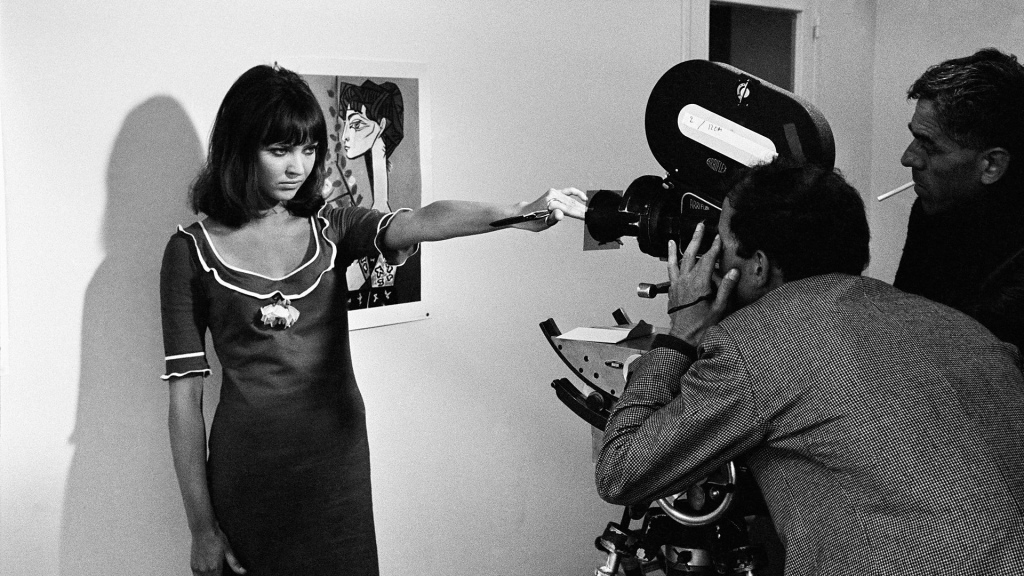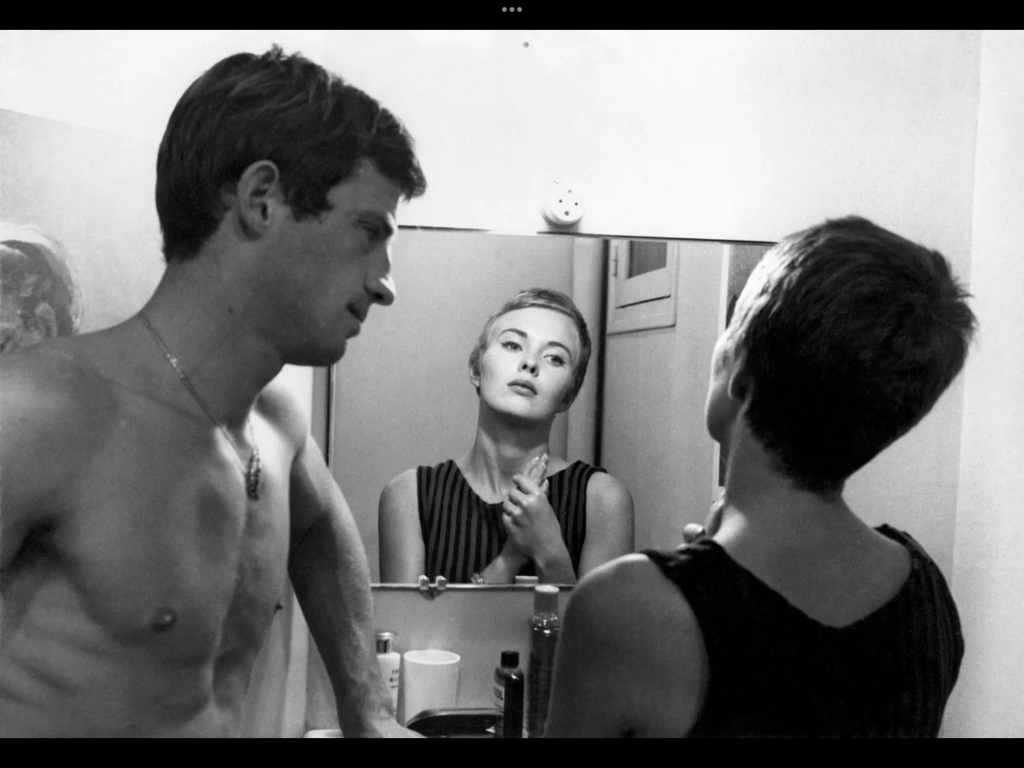The French New Wave was a movement that emerged in the 1950s, gaining worldwide attention throughout the 1960s. It was characterised by a rejection of traditional cinematic techniques – embracing experimental methods of filmmaking viewed as a radical departure from the status quo of cinema. This movement’s cultural impact greatly influenced films of the New Hollywood era, inspiring young independent filmmakers to hone and display their artistic vision.
A key element of the French New Wave centred around creating a different world on screen. Pioneering filmmakers, such as Jean-Luc Godard, strove to illustrate an artistic visual language that was much more experimental and ‘looser’ than the Classical Hollywood style. The French New Wave implemented techniques such as non-linear narratives alongside unorthodox camera angles and editing techniques to create a wholly distinctive style of filmmaking.

This wave of filmmaking also manifested new voices into the cinematic landscape. These up-and-coming filmmakers were often young and had grown up with cinema existing as a prominent art form their entire lives. These new voices brought a fresh perspective to the medium, challenging the pre-conceived notions of what cinema could and should be.
Films of the French New Wave were typically shown in smaller art house theatres, displayed to audiences who sought a departure from the homogenised mainstream cinema of the Hollywood Studio System. This only served to bolster the French New Wave’s notoriety in America, aiding its later influence towards Hollywood studio-produced films, such as Bonnie and Clyde (Arthur Penn, 1967).
The French New Wave also brought about an array of unorthodox filmmaking techniques to the table. Within films such as Breathless (Jean-Luc Godard, 1960), the filmmakers of this wave of cinema employed specific techniques such as filming on location with a handheld camera, natural lighting, and jump cuts to create a more authentic and intimate feel. This, alongside actors often breaking the fourth wall by addressing the audience directly, created a sense of immediacy and spontaneity within the films of the French New Wave.
